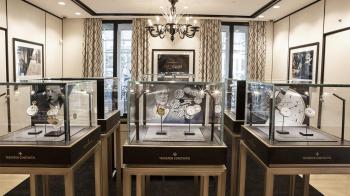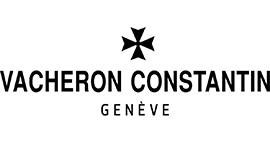The history of Vacheron Constantin is that of a series of collaborations that have played a defining role in the brand’s creation and its evolution over time. Vacheron Constantin has selected 17 watches from its own heritage collection to illustrate this fascinating story. This private collection, which was begun in the 19th century, contains some 1500 watches, the oldest of them dating back to 1755. The idea is to have at least one of every watch ever made.
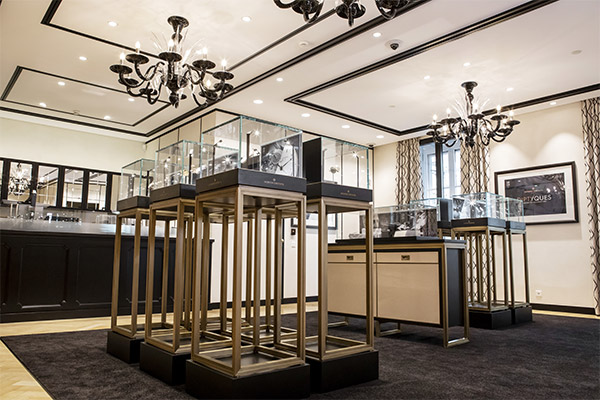
The exhibition is entitled “Diptyques”: A History of Collaborations. The ‘diptychs’ in question begin, of course, with Vacheron Constantin itself. In 1819, Jacques-Barthélémy Vacheron, watchmaker and grandson of the company’s founder, became a friend and business associate of François Constantin, a Geneva merchant of a similar age. This original collaboration, which celebrates its bicentenary in 2019, was instrumental in ensuring that Vacheron’s savoir-faire reached a wider audience, thanks to Constantin’s expertise as a commercial traveller.
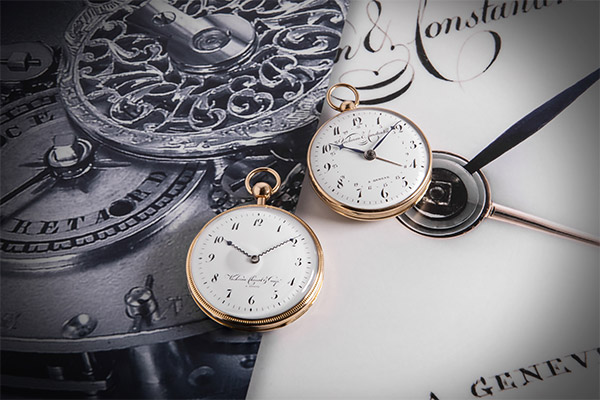
Twenty years later, in 1839, Georges-Auguste Leschot joined Vacheron Constantin at the age of 40 as a watchmaker-engineer-designer, and subsequently became the brand’s technical director. An expert in fine mechanics and industrial processes, as well as being a trained watchmaker, he invented revolutionary machine tools to standardise output and increase production. His greatest invention nevertheless remains the pantograph, a mechanism based on the principle of reproduction that makes it possible to produce smaller copies of an object. Thanks to this tool, it became possible to standardise movement production and duplicate components industrially.
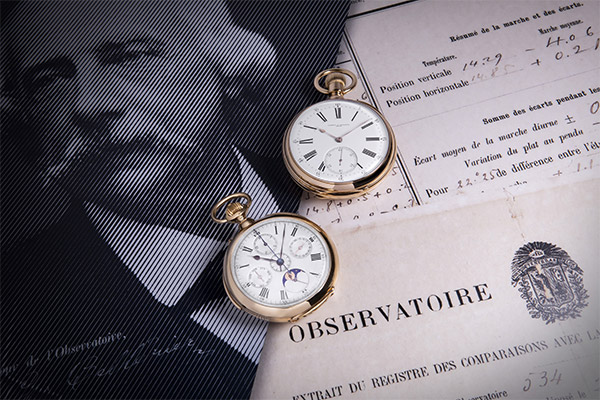
Its pursuit of mechanical excellence led Vacheron Constantin to initiate a partnership with the Geneva Observatory, which was dedicated to the advancement of science. Thanks to a cordial relationship with observatory director Emile Plantamour, the brand was able to submit its more everyday watches for testing, and be awarded distinctions in return. To obtain the highest distinction, the watches in question were subjected to temperature variations similar to those that would occur during a transatlantic crossing (0° Celsius on departure from Le Havre, 18° at the Equator and 32° in Ushuaia). The complication watch (alarm, simple calendar and chronograph) exhibited is a Class 3 chronometer (18 days of testing), which was bought in 1921 by the Maharaja of Patiala on a visit to Switzerland.

The watchmaker began to collaborate with Parisian jeweller Ferdinand Verger, who would become Vacheron Constantin’s first representative in France. He guided the brand’s stylistic choices according to what was happening and what was selling well in the French capital. The company was taken over by his sons in the 1920s. In order to remain competitive and avoid paying customs duties, which were particularly onerous at the time, Vacheron Constantin decided to only sell movements, and leave case manufacture to the Verger Frères workshops. Verger Frères infused the brand with Parisian style, creating many table clocks and complication watches. They included a two-tone watch from 1930 in white and yellow gold, with shutters over the dial to protect it from shocks. On the sides of the case are two crowns set with sapphires: one opens the shutters to reveal the hands, and the other sets the time. This partnership came to an end in 1938, when the brand entered into an alliance with SAPIC (Société anonyme des produits industriels et commerciaux) alongside Jaeger-LeCoultre, which mandated the use of their movements, their technology and their commercial resources, up to the end of the 1960s.
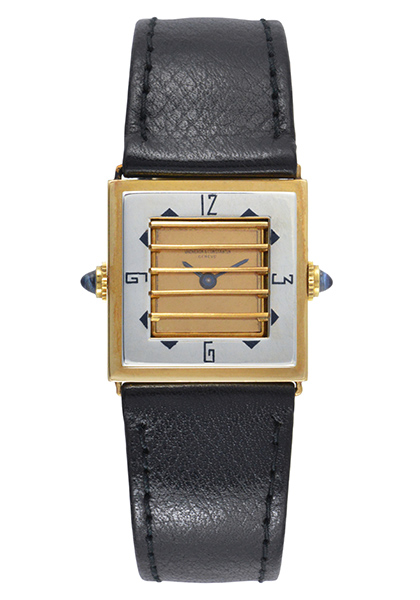
In the meantime, a new association began with the Cottier family based in Carouge. Emmanuel Cottier, an automaton maker, began work on an invention that his son Louis completed in 1932: a universal hour complication. Because of his longstanding and friendly relationship with Vacheron Constantin, Louis gave the brand first refusal. The new complication was used in a 1949 watch that was customised for Egypt’s Crown Prince Daoud, cousin to King Fuad. Featuring a fixed disc displaying the hour in Cairo, the prince’s place of residence, this yellow gold pocket watch with a silvered dial displays 24 time zones and includes 41 city indications. By way of comparison, the current Overseas features 37 time zones.

The advent of frequent travel and commercial passenger flights later sparked a flurry of improvements to this novel function, adapting it to the needs of modern travellers. A 1959 model shows universal time in the form of a moving disc, with a savonette type case to protect the watch from shocks.
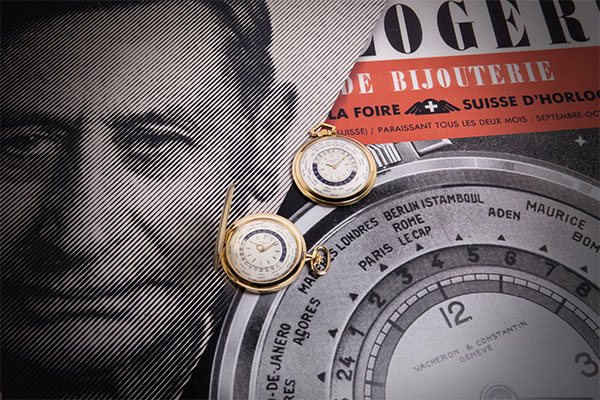
Chronometry (timekeeping) remained an ongoing focus. It became even more of a priority with the arrival of Albert Pellaton, an apprentice watchmaker with the company, who in 1935 invented a high-precision recording device. The case made of duralim – a very light and hard aluminium alloy – enclosed a portable high-frequency movement oscillating at 72,000 vibrations per hour, and weighing less than 5 kilos. This revolutionary device was used for timing races in skiing, motor racing and equestrian events. The timing mechanism was triggered in different ways, depending on the sport concerned. Times were measured and recorded on aluminium strips, which provided incontrovertible evidence of the result. A total of 2,000 different times could be recorded on a single spool, although the power reserve was sufficient for only 1,000. This measuring tool was used to record the world speed record (an average of 210 km/h) set by Sir Malcolm Campbell on Lake Hallwil in 1938, when his boat Bluebird covered one mile in 27.5 seconds.
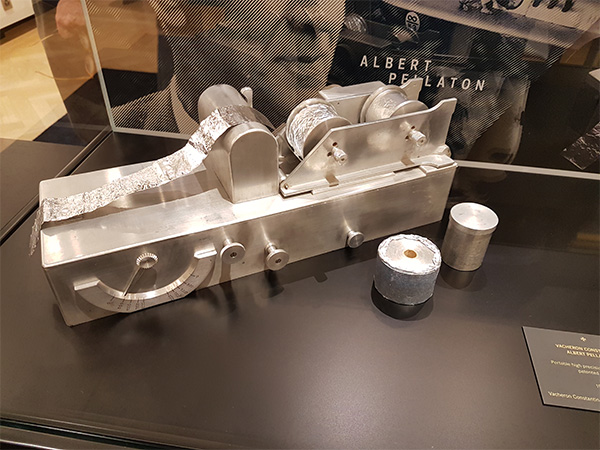
The exhibition also features an aluminium watch. Vacheron Constantin was approached by a Canadian company that wanted to incorporate this anti-magnetic and extremely light material into watch production. Prototypes began to appear from 1937, but it was not until 1949 that the first watch went to market. Case, dial, hands, baseplate, bridges... everything was made of aluminium, and the watch weighed less than 20 grams! Nevertheless, aluminium fell out of favour as pocket watches were replaced with wristwatches, because it is an irritant to the skin.

In 1979 Vacheron Constantin collaborated with French plastic artist Raymond Moretti, who was entrusted with the creation of the Kallista. This high jewellery watch in yellow gold was paved with 118 emerald-cut diamonds of exceptional purity, totalling 130 carats! This one-of-a-kind piece was sold, and remains the most expensive watch ever produced. The Kallista collection continued in production into the early 21st century.
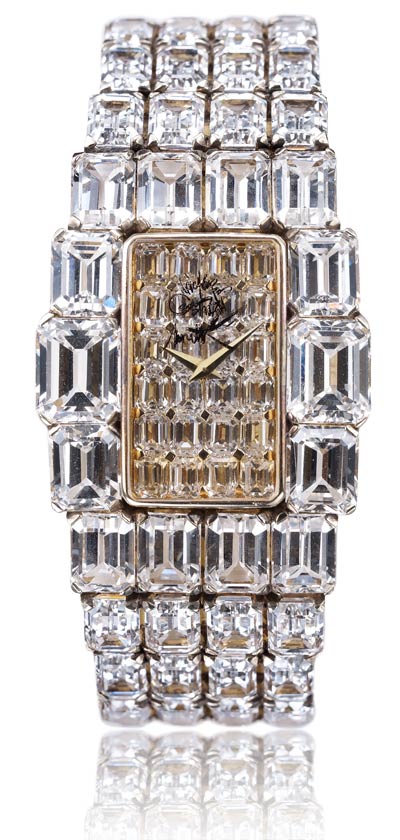
In 2007, a surge of interest in tribal arts and masks inspired a new collection, which is enriched with new pieces each year. Geneva’s Barbier-Mueller Museum lent a number of pieces that were 3D scanned and then miniaturised to fit onto the restricted surface of a watch dial. Olivier Vaucher deployed considerable efforts on the movement plate to reproduce the effects seen on the masks. The application of metal oxides onto glass is what gives these pieces their colour and transparency. The collection currently features 12 different masks, in three cases of four pieces, totalling 300 pieces. A close examination reveals inscriptions around the masks: these are poems by Michel Butor, a friend of Barbier-Mueller, which are deposited on the dial using a special gold vaporisation technique.
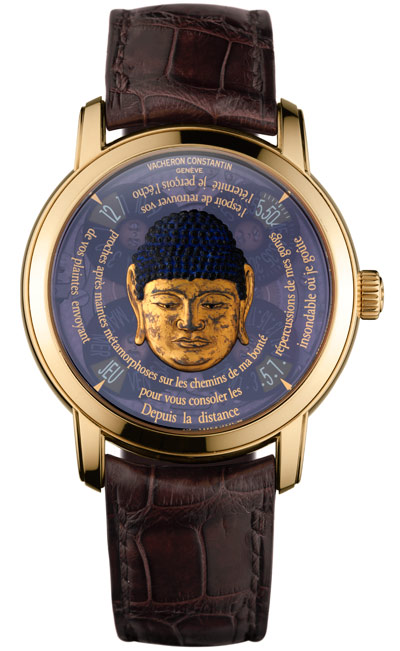
The exhibition ends with a stunning final piece: a miniature reproduction of the ceiling of the Paris Opera, painted by Marc Chagall, and reproduced in enamel by Anita Porchet in 2010. The shape of the gold markers is inspired by the fluted cupola of the Palais Garnier. Vacheron Constantin has kept this unique timepiece, but a collection derived from it is also available.
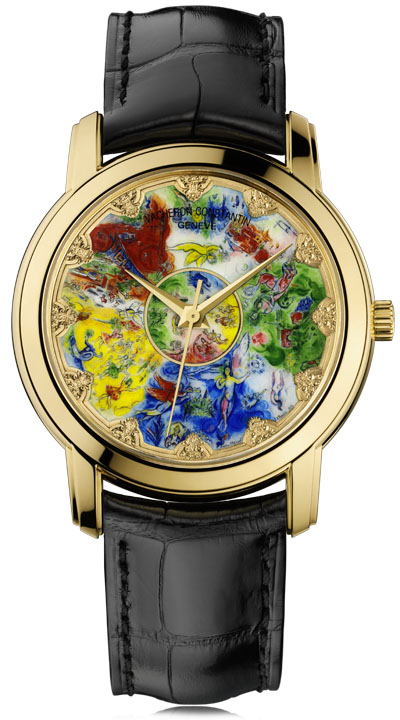
This journey through time, seen through Vacheron Constantin’s associates, will soon be leaving for another destination, but there’s still time to see it in the Vacheron Constantin boutique. The exhibition closes on 26 March.
INFORMATION
Opening hours :
- Monday to Friday: 10am to 6.30pm
- Saturday : 10am to 5pm
Adress :
Vacheron Constantin Boutique
Place de Longemalle 1
Geneva
